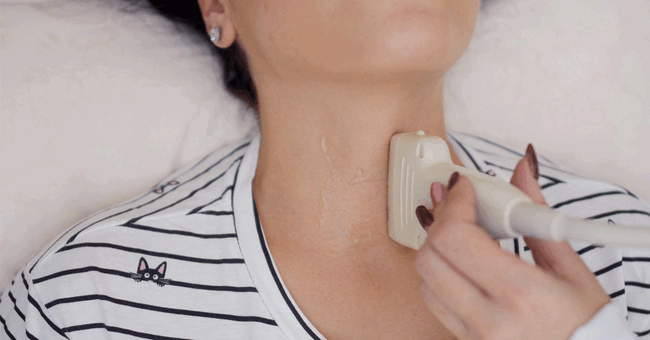Almost half a million people, the majority women, have the disease hypothyroidism.
This means that the thyroid gland located at the larynx is underactive and does not produce hormones as it should.
Among other things, it leads to fatigue, weight gain and lower body temperature.
However, the standard medicine Levaxin that patients have to take every day does not help all patients.
Now researchers have come one step closer to a solution.
Used operated on thyroid glands
In a study published in the Stem Cell Report, researchers have created a small mini-thyroid gland in a lab that resembles thyroid glands in structure and protein content.
Using stem cells from operated on the thyroid gland, the researchers were able to create the mini-thyroid gland.
- We collected cells from human thyroid glands from surgical materials that we received from patients with thyroid cancer, says Rob Coppes, professor of radiotherapy at the University of Groningen.
The researchers then operated on the so-called organoids in mice that lacked thyroid function.
- The animals responded by starting to produce T4, which is a thyroid hormone.
The mice became healthier and lived longer than animals that did not receive the same procedure, says Rob Coppes.
According to Rob Coppes, it would also be possible to create organoids from thyroid tissue that do not work optimally due to any disease, in order to better study why they do not work.
- We could use the organoids to investigate what is wrong and possibly find a way to repair the defect.
After that, we could treat the patient with the repaired tissue.
“Very exciting”
Stina Simonsson, associate professor of cell biology at the University of Gothenburg, thinks this is an interesting study.
- It is very exciting that it is possible to make small tissues and study how they work.
It is also exciting that they managed to transplant them and get a functional tissue that could benefit and produce hormones among patients with certain diseases, such as tumors of the thyroid gland.
In 2012, a study was published in Nature where researchers took embryonic stem cells from a mouse and created a thyroid gland, which was a major breakthrough then, says Mikael Nilsson, professor of anatomy at the University of Gothenburg.
The new study is based on a similar method, but based on the body's own stem cells in the thyroid gland.
Not everyone is helped by medicine
Many patients who have hypothyroidism are helped by the standard medicine Levaxin, but there is a need for new treatment methods because some do not feel better from the medicine.
- There are two possible theories about what it may be due to.
One is that the lack of hormones has created lasting changes in the body.
The second explanation is that there are important hormones produced in the thyroid gland that are not replaced by standard medicine.
Located far in the future
Those patients could theoretically be helped by implanted tissue in the future.
But Mikael Nilsson believes that it is far in the future.
- The research takes time.
There are also circumstances that make it doubtful whether the method described in the new article will work on humans, says Mikael Nilsson.

